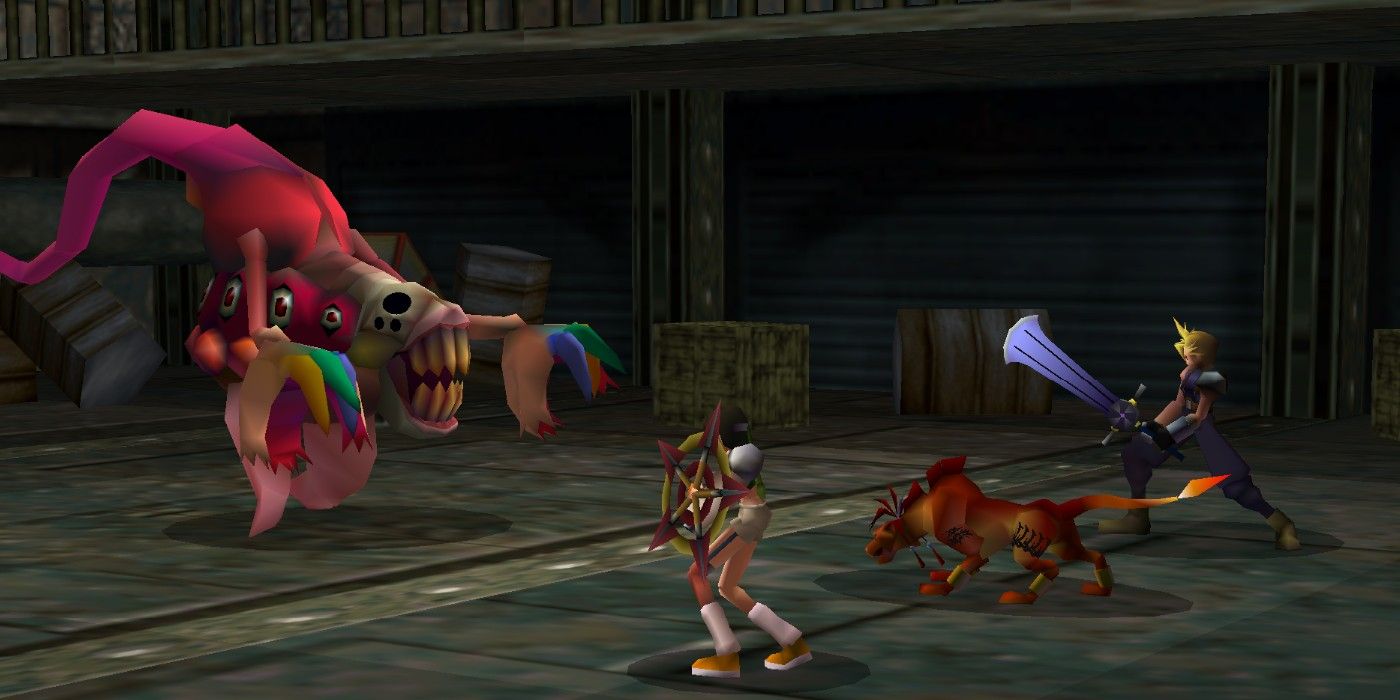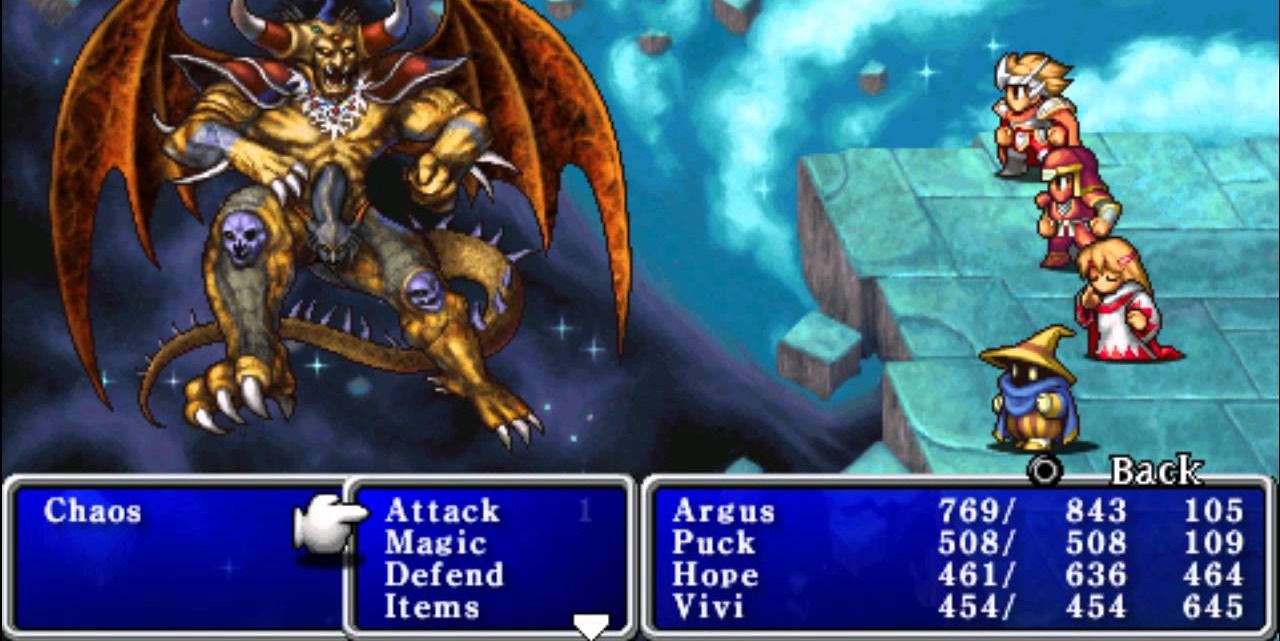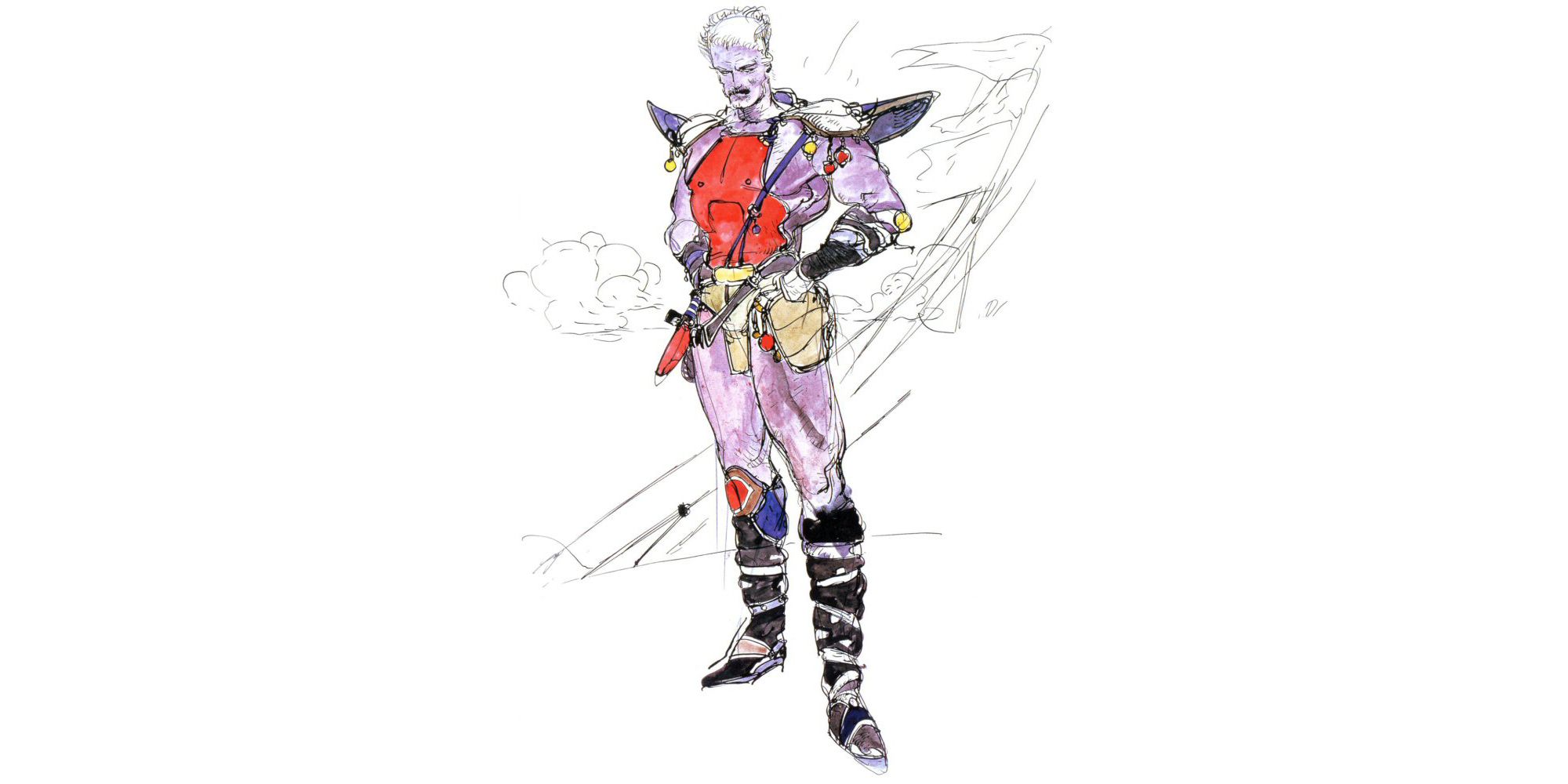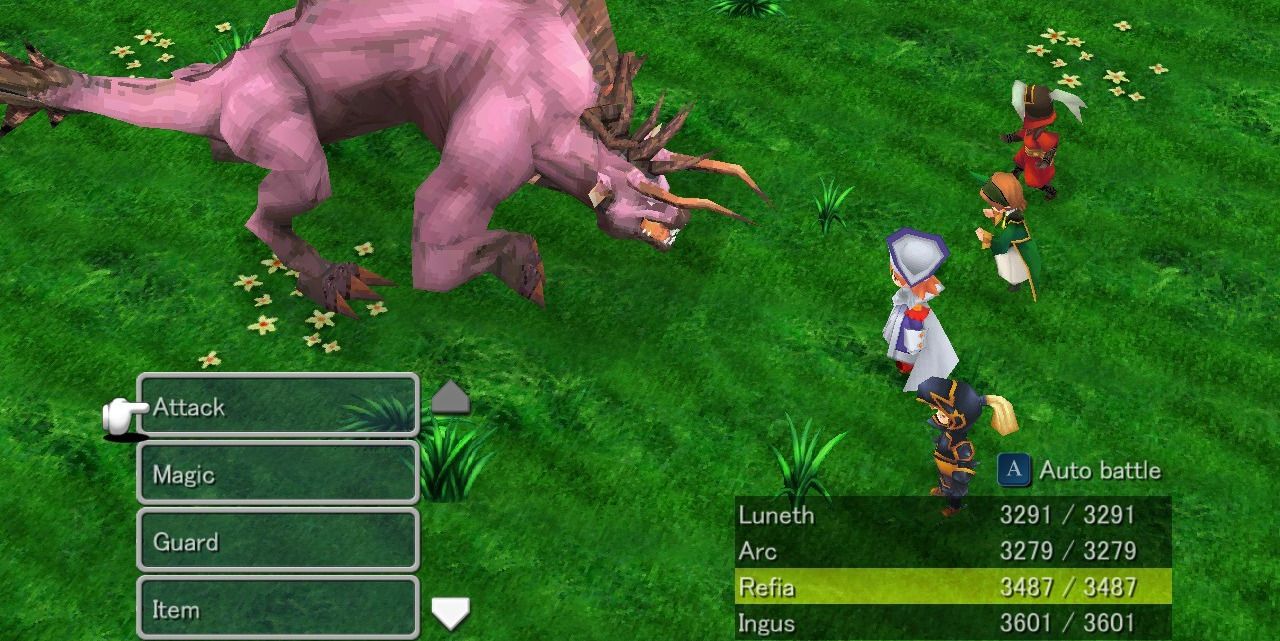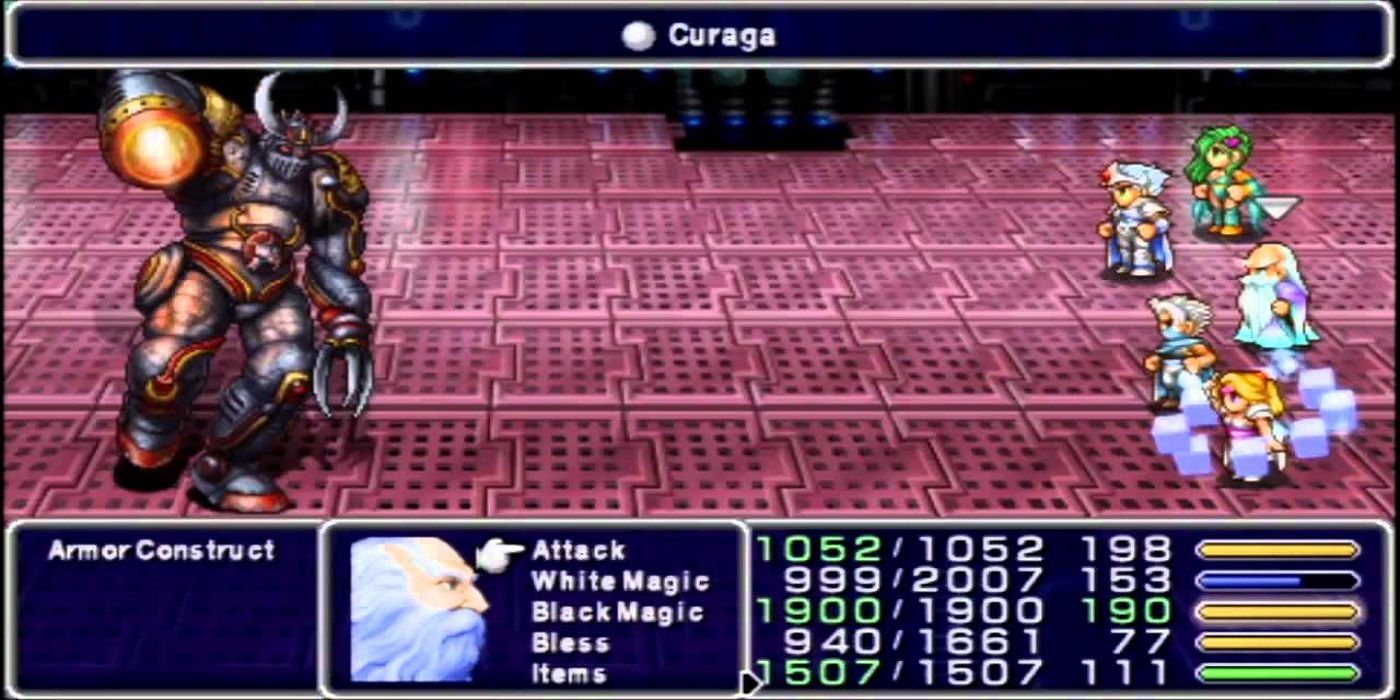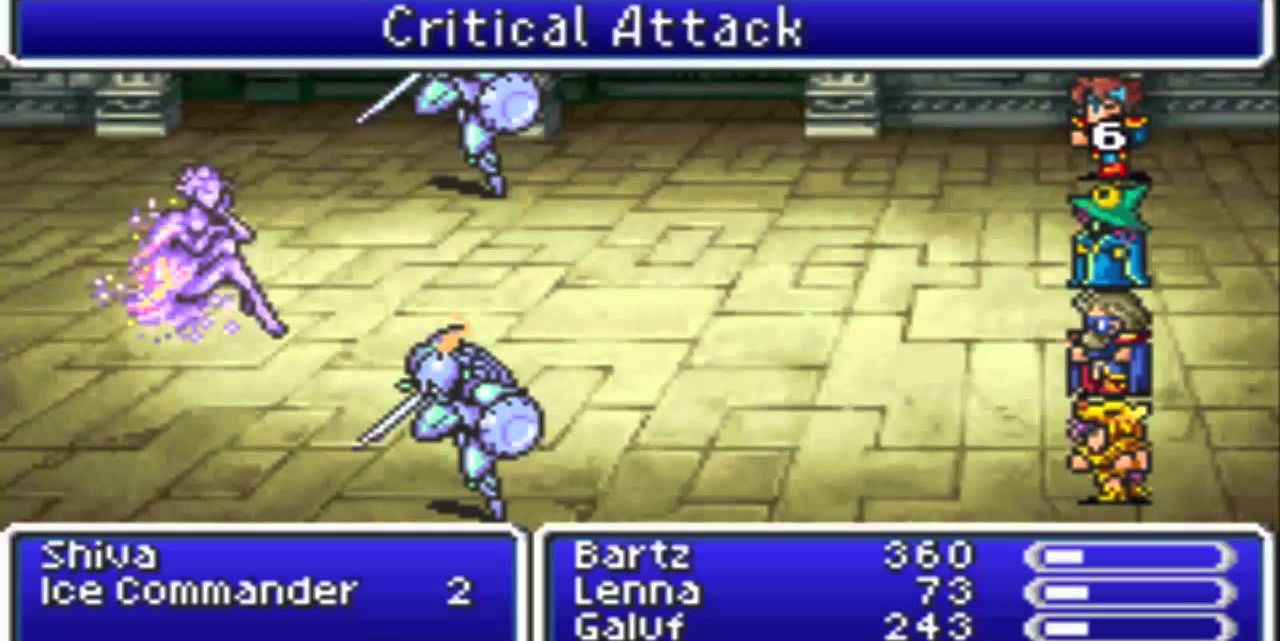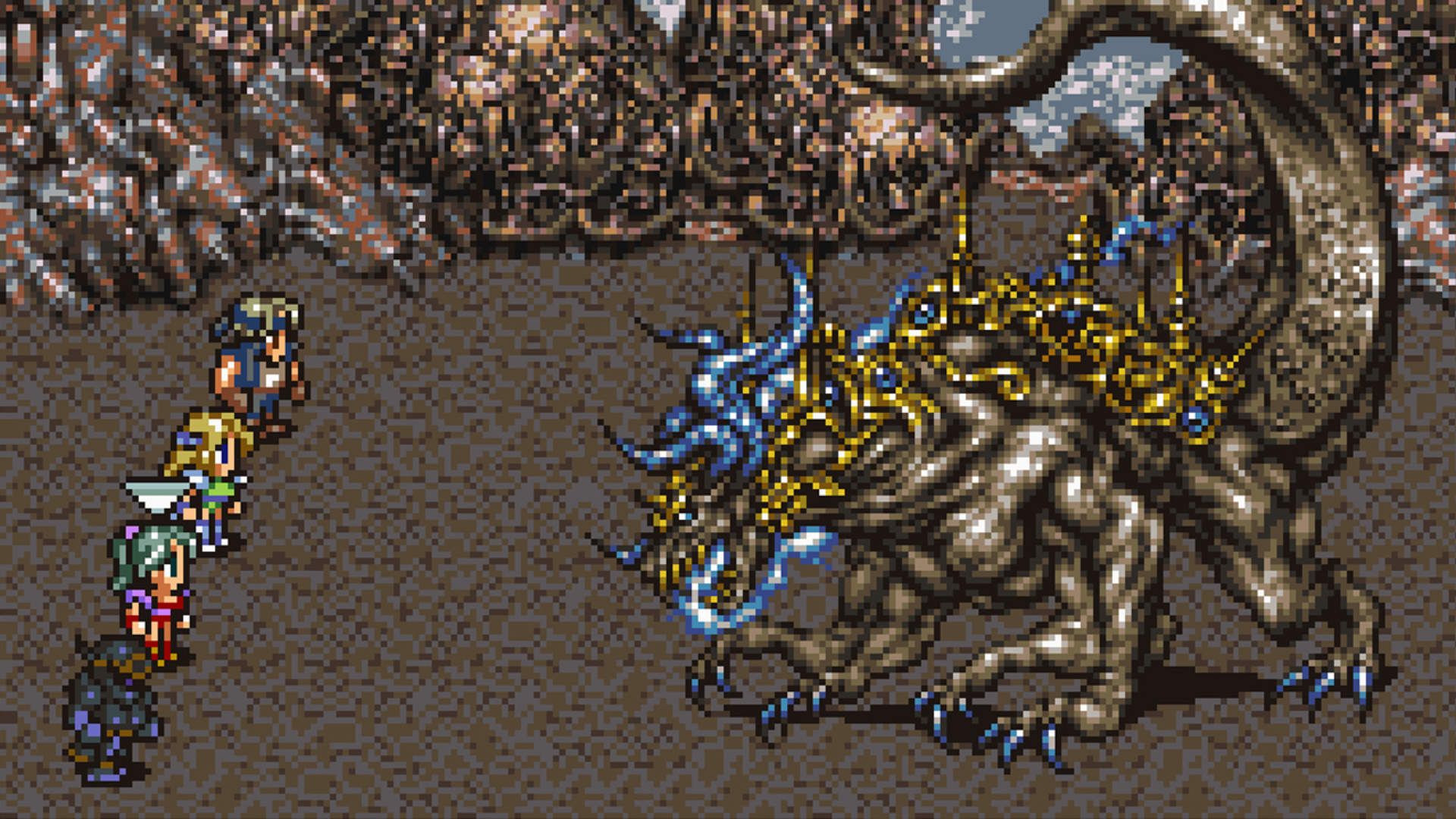The Final Fantasy series has always been deeply self-referential; recycling enemy concepts, items, equipment, magic, characters, and even entire plot threads and story concepts from past Final Fantasy games. While Final Fantasy 7 set itself apart from its predecessors with its cyberpunk world, it still adhered to many series traditions, and alluded to past games constantly throughout its 40+ hour runtime.
Final Fantasy is well-known to have iconic elements that appear in nearly every game; such as crystals, Chocobos, Moogles, Gil, many items and equipment, abilities, airships, and a character named Cid. There’s also a host of iconic enemies and summons, including but most certainly not limited to Bombs, Tonberrys, Cactuars, Malboros, Behemoths, and colored Dragons for enemies, as well as Ifrit, Shiva, and Bahamut for summons. However, there are plenty more targeted references in Final Fantasy 7 to its six prior entries.
Final Fantasy 1
Some of Final Fantasy 7’s most important elements have major legacies dating all the way back to the first Final Fantasy. Vincent’s final Limit Break, Chaos, is an obvious reference to FF1’s final boss of the same name. Less obvious is that Final Fantasy 1’s four elemental crystals are also present in Final Fantasy 7. The Huge Materia that Final Fantasy 7’s party can gather during the late-game bear resemblance to the crystals in the first game, right down to sharing their corresponding colors.
The ultimate, plot-integral white magic spell in Final Fantasy 7, Holy, was also present in every Final Fantasy up until that point, even if it was translated into a different English name. Final Fantasy 7 marks the first time in the series Holy was set apart as an unusable spell.
Final Fantasy 2
The presence of Cid and airships in every game since Final Fantasy 2 is a well known piece of trivia to every Final Fantasy fan, but most don’t realize that the name “Highwind” accompanied them. While Highwind is most commonly attributed to Final Fantasy 4’s Kain Highwind, Kain’s dragoon predecessor Ricard Highwind actually held the name first. Final Fantasy 7’s Cid carries on the name’s legacy by serving a dragoon stand-in for Cloud’s party.
Final Fantasy 3
The concept of the Ancients, the ancient race who used to live on Gaia, has existed since the Lufenians were introduced in Final Fantasy 1. Aerith is the last Ancient as of the start of Final Fantasy 7, a situation that is surprisingly similar to Desch in Final Fantasy 3. Desch is also one of the last surviving Ancients as of the game’s events, and briefly joins the party before seemingly sacrificing himself to allow them to proceed. He survives unlike Aerith, but both come back later on to help the heroes out. Final Fantasy 3 is also the first game to introduce the Meteor spell, but it is simply a normal, high-level Black magic spell in that game.
Final Fantasy 4
Final Fantasy 7 features the Demon Gate boss in the Temple of the Ancients, which marks the second appearance in the Final Fantasy series of the iconic Demon Wall’s appearance. It does not gradually crush party members for instant death like the Wall in Final Fantasy 4, but it can deal enormous physical damage. A more direct callback to Final Fantasy 4 comes from the play Cloud and his date can go to at the Golden Saucer. The date will play the role of Princess Rosa in the Event Square play, which may be a reference to Rosa in Final Fantasy 4.
Final Fantasy 5
Final Fantasy 7’s references to Final Fantasy 5 are primarily mechanical in nature. The way to summon Fat Chocobo with the Choco/Mog materia works like Final Fantasy 5’s Chocobo summon, as well as the fact that in both games, Odin will use Gunge Lance instead of Zantetsuken if all targets are immune to instant death. The Shildra Inn in Cosmo Canyon has a storyline reference to Final Fantasy 5, as it is named after Syldra, Faris' pet sea dragon.
However, the closest Final Fantasy 7 draws to Final Fantasy 5 is an outright homage to the latter’s Great Sea Trench in the form of the Sunken Gelnika. Both are underwater locations, and both contain strange, powerful monsters that are only referred to as “Unknown.”
Final Fantasy 6
Coming hot off the heels of Final Fantasy 6, Final Fantasy 7 is full of references to its immediate predecessor. The first reference occurs a couple minutes into the game, where Cloud Strife signals the shift in games by leveling up from 6 to 7 at the end of the first battle. The next reference is immediate, as Biggs and Wedge are introduced. These two Avalanche members are named after the two soldiers who participate in Final Fantasy 6’s tutorial sequence, and are in turn named after two minor Star Wars characters, Biggs Darklighter and Wedge Antilles. Midgar also has billboards depicting Mt. Kolts, an early game dungeon in Final Fantasy 6.
Cait Sith and Mog appear to both have been inspired by their namesakes’ appearances in Final Fantasy 6: Cait Sith as a summon and Mog as both that game’s species name, and the Dancer-like Moogle party member. Cait’s Moogle Dance Limit Break and Red XIII’s Howling Moon Limit Break both appear to be inspired by similar attacks in Final Fantasy 6. More specifically, Howling Moon was the ability used by the Fenrir summon.
Final Fantasy 7’s summon monster Typhoon also alludes to Typhon, Ultros' cohort, from Final Fantasy 6. Cactuars, the Ultima Weapon sword and Ultimate Weapon monster, and the Hell Rider all originate in Final Fantasy 6. Chasing down the Ultimate Weapon via airship is also similar to pursuing Deathgaze in Final Fantasy 6.
It’s plain to see that Final Fantasy 7 owes a lot to Final Fantasy 6, and the above list isn’t even everything. An incredibly obscure secret tying the games together is that Final Fantasy 7 actually borrowed its Limit Breaks from a hidden mechanic in Final Fantasy 6. Known as Desperation Attacks, these had a small chance to be used by most characters if the Fight command was used at low health.
These were refined and focused on considerably when they became Final Fantasy 7’s iconic Limit Breaks, but it is still fascinating that a battle mechanic synonymous with Final Fantasy 7's name originated elsewhere, and most players never saw it there. While Final Fantasy games can seem a little rote sometimes with their strict adherence to certain imagery, discoveries like these make looking back at their shared histories worthwhile.
Final Fantasy 7 Remake is available now on PS4. The PS5 version releases on June 10, 2021.

